Size Chart

Length unit:
Sizes may vary up to 1
HPSL: High Point Shoulder Length
BW: Bust Width (width of shirt measured 1" below armhole)
Couldn't load pickup availability
Today, NASA and its partners have a fleet of spacecraft studying the Sun. Since launching in 2018, Parker Solar Probe set a record as the closest spacecraft to the Sun. Of great interest to heliophysicists – scientists who study the Sun and its impact on the complex space weather system surrounding Earth, which can impact our technology in space – is the solar transition region, a very thin layer near the Sun’s surface. Parker Solar Probe will come as close as 4 million miles from the Sun’s surface, but spacecraft will need to get to within 500,000 miles to study the transition zone.
In this zone, temperatures start at a “cool” 10,000 degrees Fahrenheit near the Sun’s surface and dramatically increase to about 1.8 million degrees Fahrenheit as you move away from the surface. That is like walking away from a fireplace, and it becomes considerably hotter.
The NASA Innovative Advanced Concepts (NIAC) program funds a study by a team at NASA’s Kennedy Space Center in Florida to further research a novel, highly reflective coating for a solar shield that could allow spacecraft to approach the Sun close enough to investigate this exciting region – about 500,000 miles from the surface. The better heliophysicists understand the Sun and how it generates energy, the better they can make predictions of the Sun’s effect on our planet – and improve our everyday communications, electronics, and transportation.
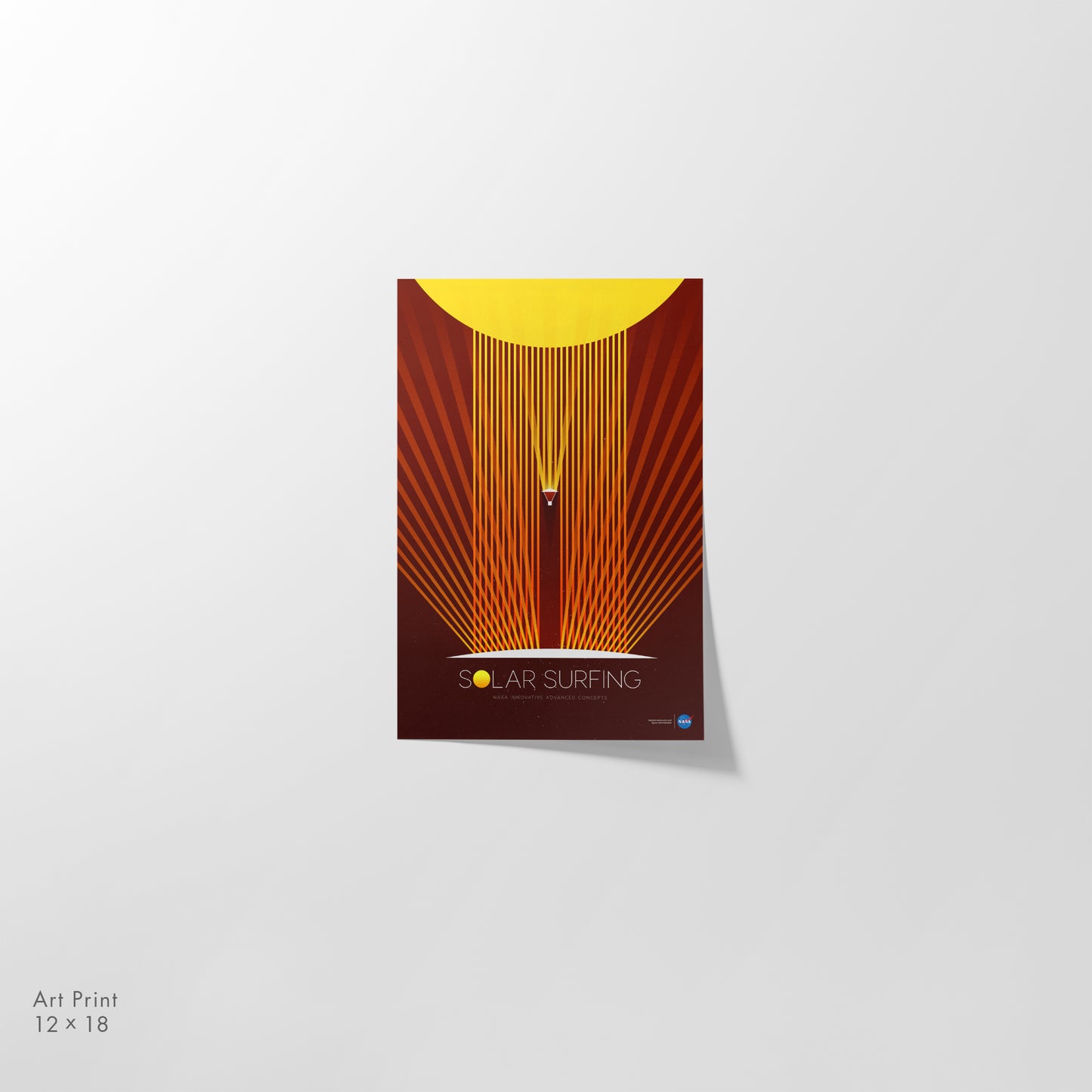
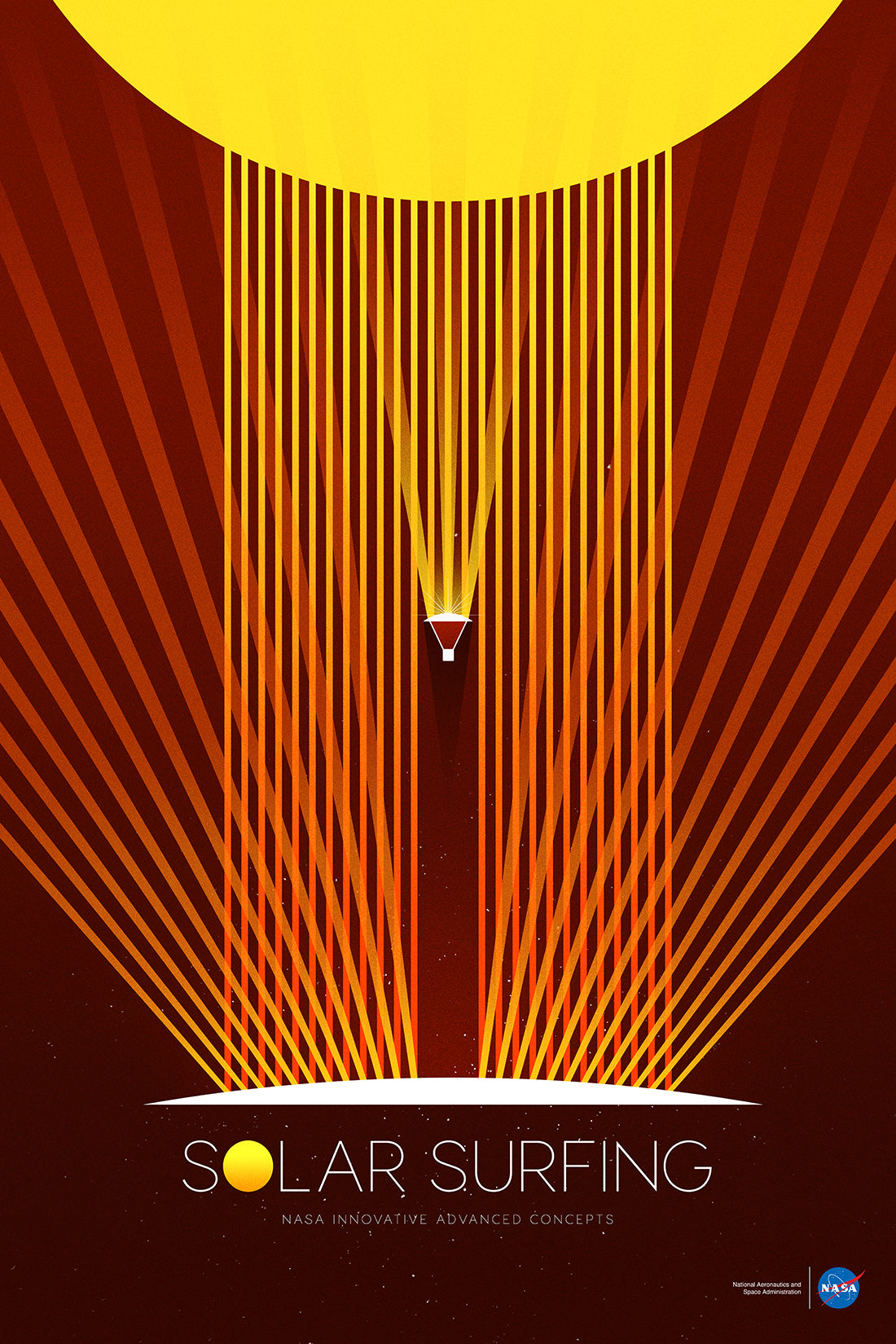
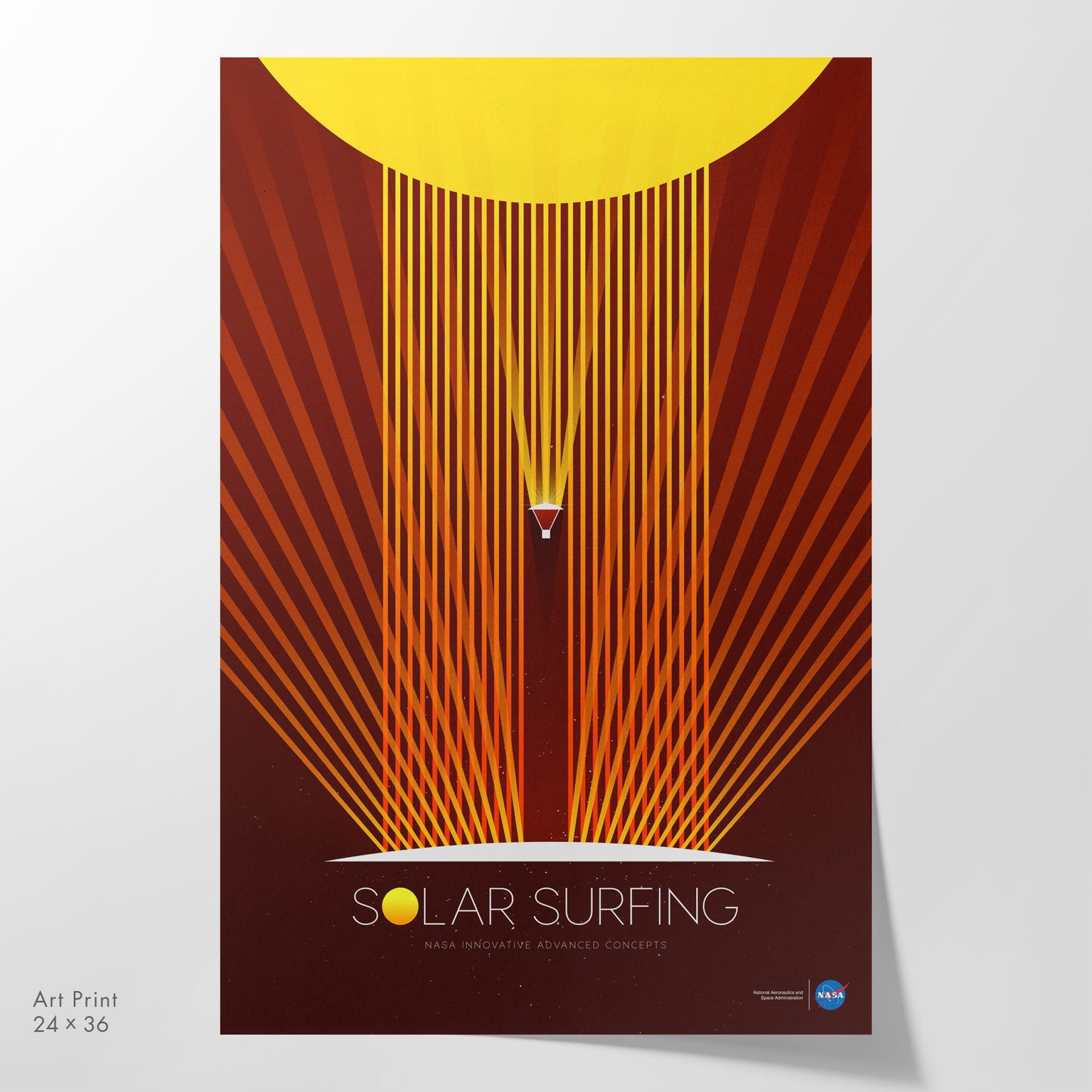
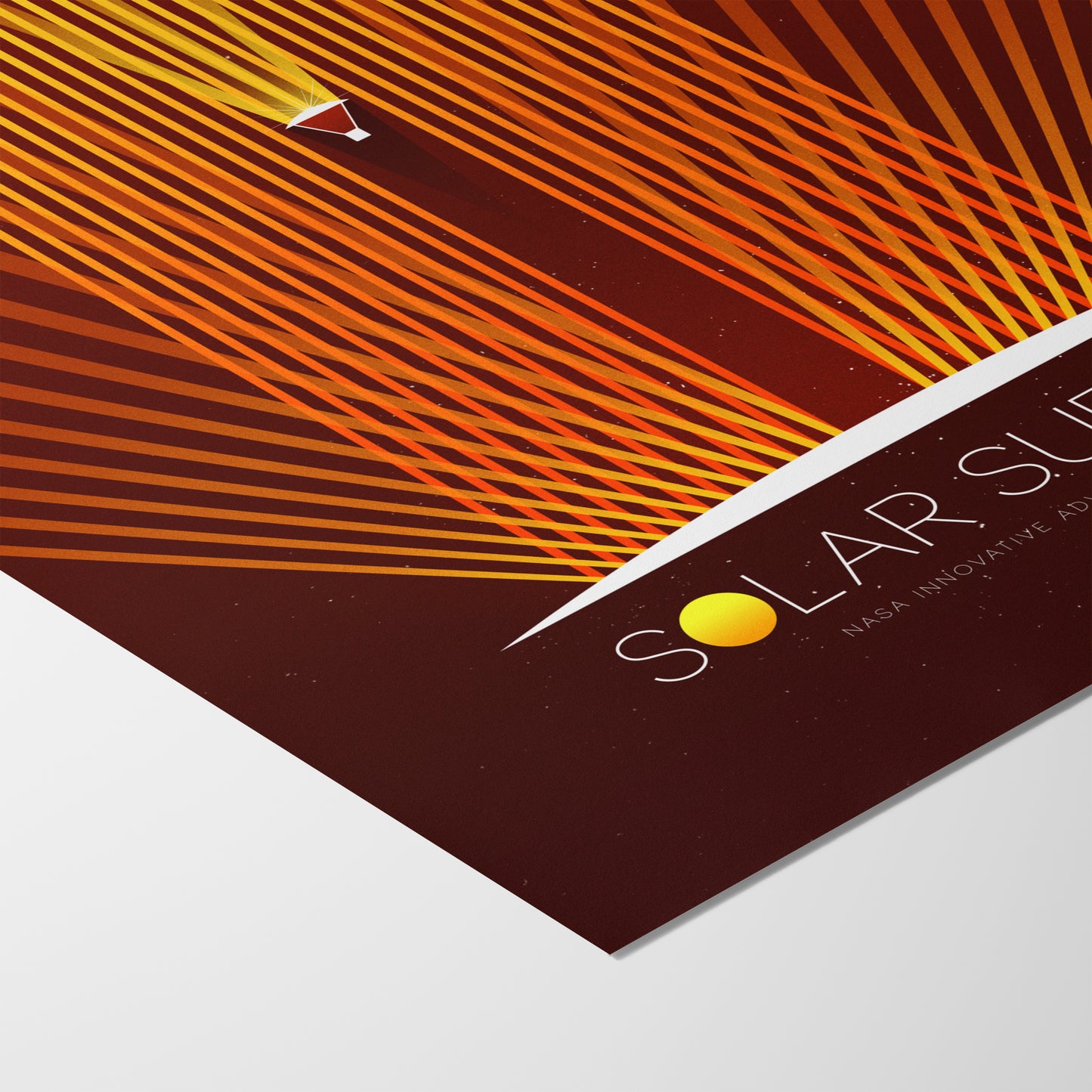

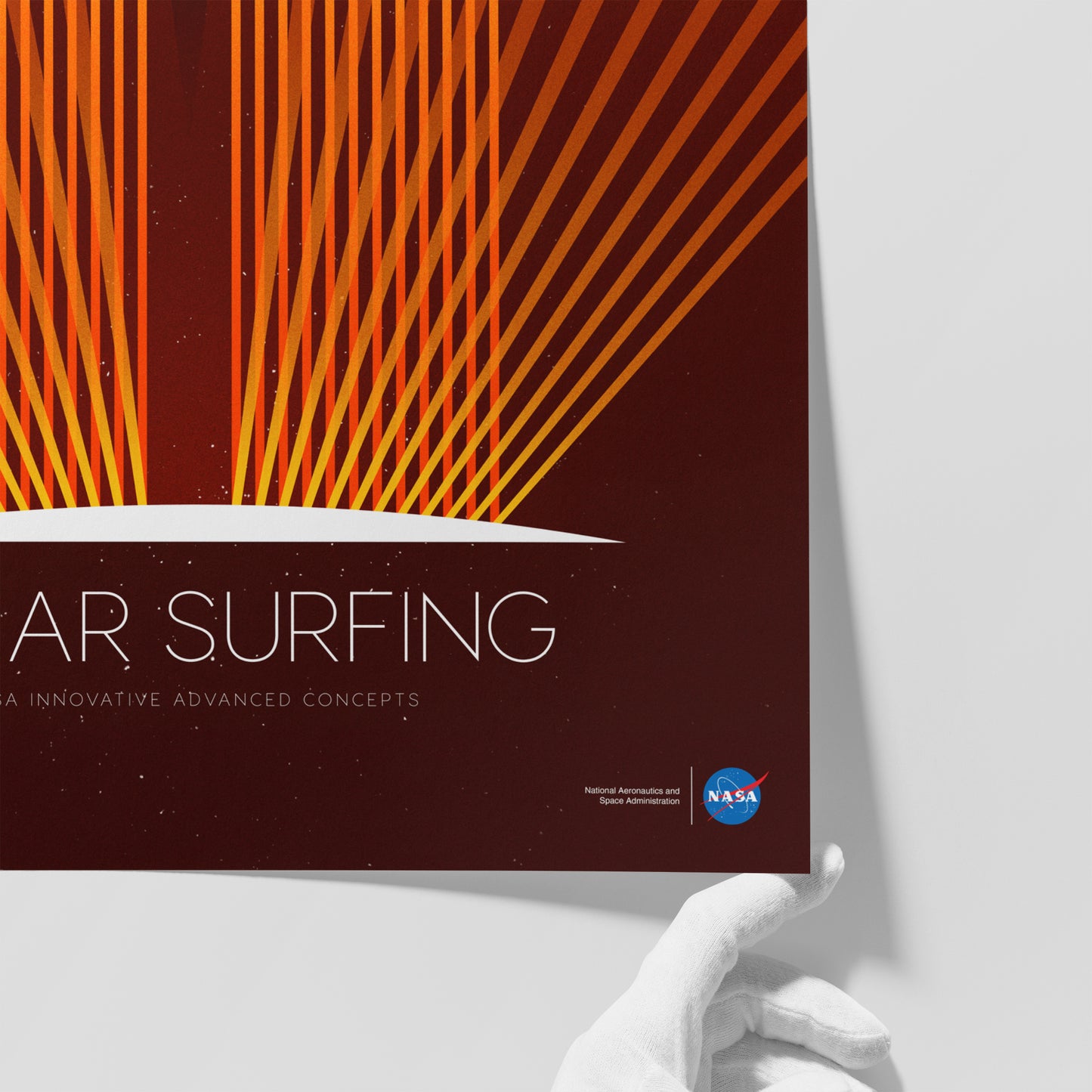


Join us in making sure that everyone (friends, colleagues, family, and perfect strangers) is working to build public support and political will for the big solutions needed to address climate justice.
Pin Save the Climate donates 50% of profits to climate justice organizations.